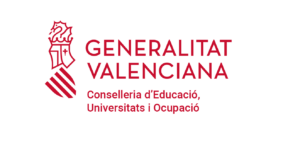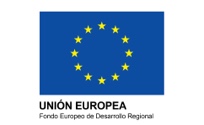
FUTURE COLLIDERS
Physics Potential and Detector Optimization at Future Lepton Colliders

The Large Hadron Collider (LHC), a circular accelerator 27 kilometers in diameter, is the world’s largest particle accelerator and is part of the CERN research center just outside of Geneva in Switzerland. It released some groundbreaking news in July of 2012: the Higgs boson particle had been discovered. Among the high energy collider community there is a general consensus that the next large collider will be a lepton collider: the so called Higgs/EW/Top quark factories.
One of these factories is the International Linear Collider (ILC). The ILC is an accelerator projected for the study of the Higgs boson (together with all known particles) with higher precisions than achieved recently. The ILC will be used to collide the elementary electron and positron particles to create new elementary particles. The reactions of these elementary particles are easier to study, compared with LHC, but lower energies of the collisions are achievable. In addition, the ILC will offer tuneable beam parameters providing collisions at different energies (from 90Gev to 1TeV) and longitudinally polarised electron and positron beams (allowing to study in detail the chiral structure of the nature).
TOP-QUARK & HEAVY FLAVOUR
HIGGS AND BSM
PERFORMANCE STUDIES AND DETECTOR OPTIMIZATION

Based on the recommendations of the Update of the European Strategy for Particle Physics, the European Committee for Future Accelerators (ECFA) has decided to organise a series of workshops on physics studies, experiment design and detector technologies towards a future electron-positron Higgs/EW/Top factory. The aim is to bring together the efforts of various e+e- projects, to share challenges and expertise, to explore synergies and to respond coherently to this high-priority strategy item.
To gather and align research on the physics potential of future Higgs and top/EW factories, a forum should be established. The WG1: Physics Performance is this forum.
The AITANA group is invested in this activity, being part of the convener team of the following subgroups:
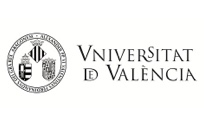
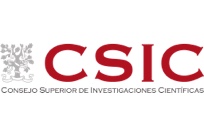
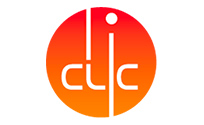
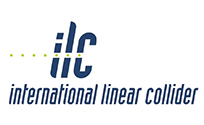

Este sitio web está patrocinado por la Conselleria de Innovación, Universidades, Ciencia y Sociedad Digital de la Generalitat Valenciana
